- New 2600 and 7800 Games from 2025 PRGE!
- New 2600, 5200, 7800, and Intellivision games!
- E.X.O. Collector's Edition Available Now!
- 7th Annual Atari Homebrew Awards - Vote Today!
- Jumping at Shadows and Xenowings Now Available!
- Welcome to the new AtariAge Store!
- AtariAge Day 2023 at ZeroPage Homebrew!
- New 2600, 5200, 7800, Jaguar, and Lynx Games Arrive!
- Defender of the Crown Back In Stock!
- Lynx GameDrives In Stock!
- See All News...
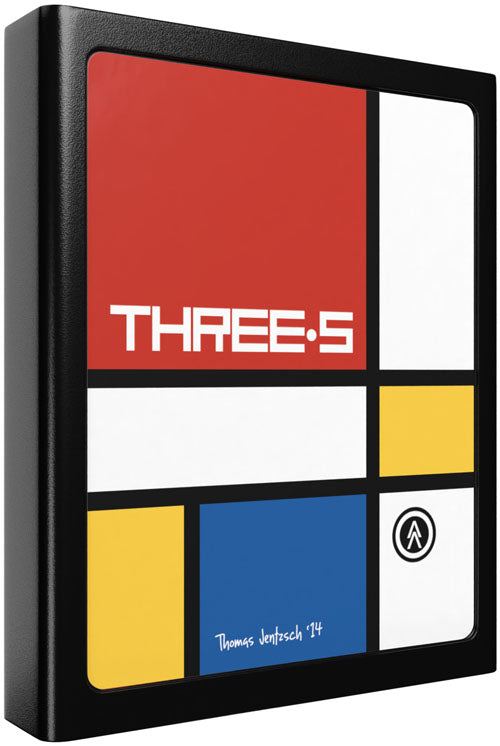
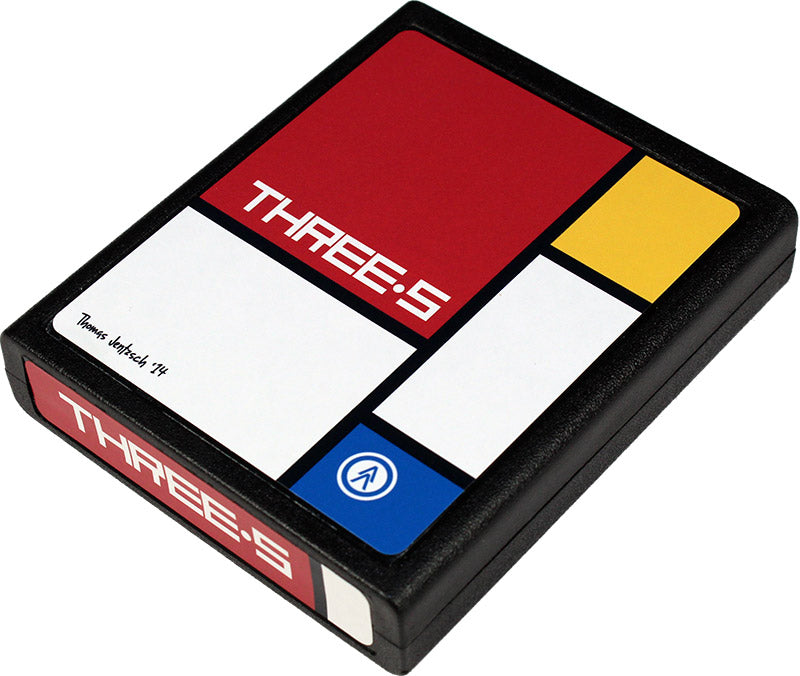
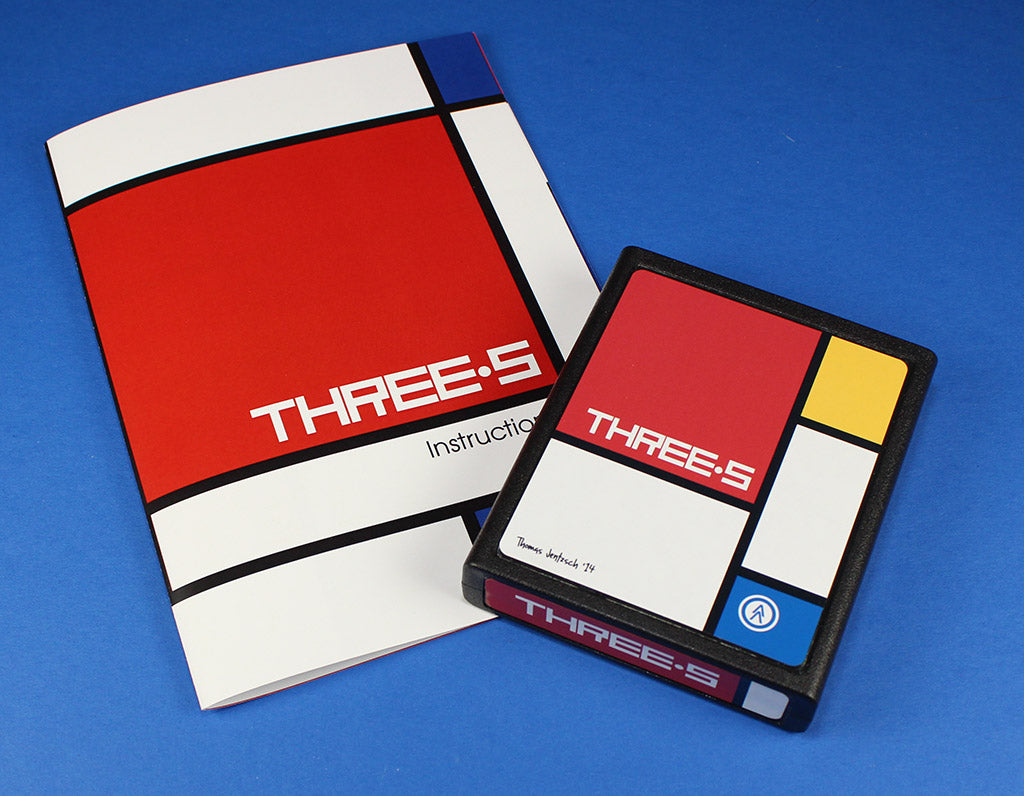
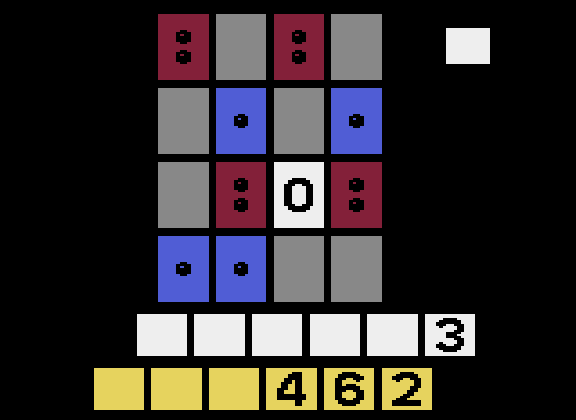
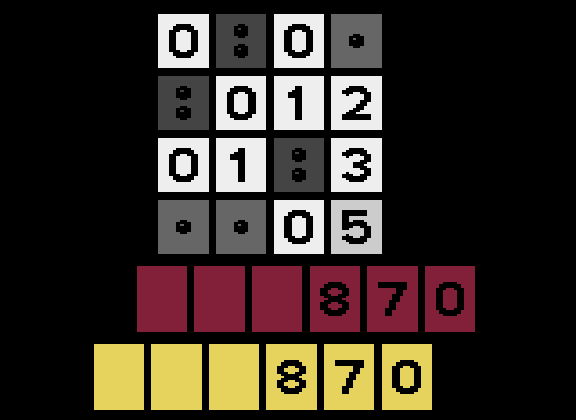
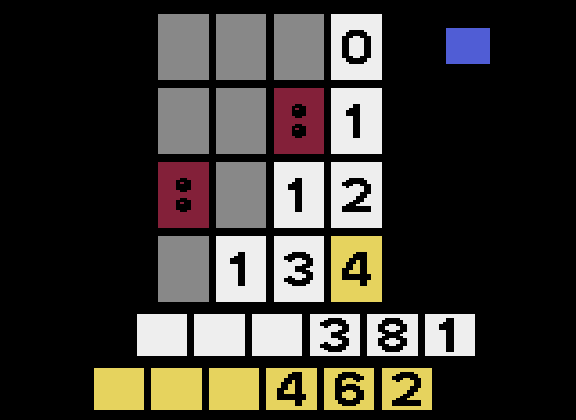
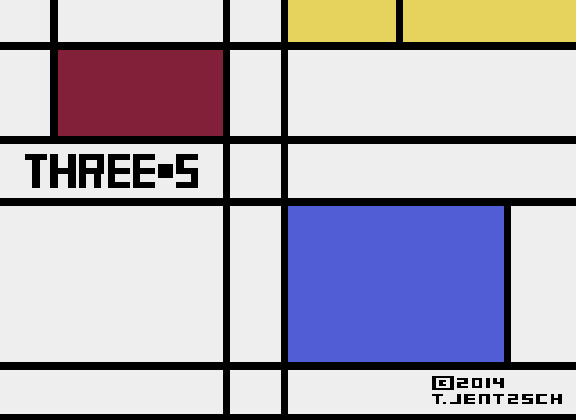
THREE·S (i.e., "3 Dots") is a simple, but addicting puzzle game based on numbers. THREE·S is the Atari 2600 version of the great mobile game Threes!. All game mechanics have been implemented faithfully, and only the display has been changed to fit the limitations of the Atari console. The iOS game Threes! was just awarded Apple's 2014 Game of the Year.
In THREE·S, the top 4x4 board is your playfield. Initially, a random set of numbered tiles is spread across it. Your task is to merge the dots and numbers. To help with your merging, the tiles with the current highest number are displayed with a yellow background.
A preview of the next tile is displayed in the upper right-right corner. The color indicates if the next tile is a '.', ':' or '0'. If the preview displays a '+', the next tile will be a higher value bonus tile.




Rules
Your objective in THREE·S is to merge identical numeric titles to score points. Tiles will only merge if they cannot move further into the direction they are pushed.
You can only merge tiles with identical numbers. The resulting merged tile will be one greater in value than the tiles that were merged. An exception to this rule are the blue and red dots. Those must be combined and will then create a '0' tile.
Whenever you move a tile, a new tile is created at a random position on the row or column opposite the move direction. The new tile will flash briefly.
The current score on a white background and the high score on a yellow background are displayed at the bottom of the screen.
THREE·S Label Designs
We've created five unique label designs for THREE·S, as pictured below. You'll receive one of these designs randomly!





An AtariVox, AtariVox+, or SaveKey plugged into the second controller port can be used with THREE·S to store your high score.
Additional Information
THREE·S includes the game cartridge and full-color, twelve page manual. THREE·S supports both NTSC and PAL television standards.
| Number of Players | 1 |
| Controller | Joystick |
| Cartridge Size | 4K |
| Programming | Thomas Jentzsch |
| Label and Manual Design | Brian Ostrowski |










